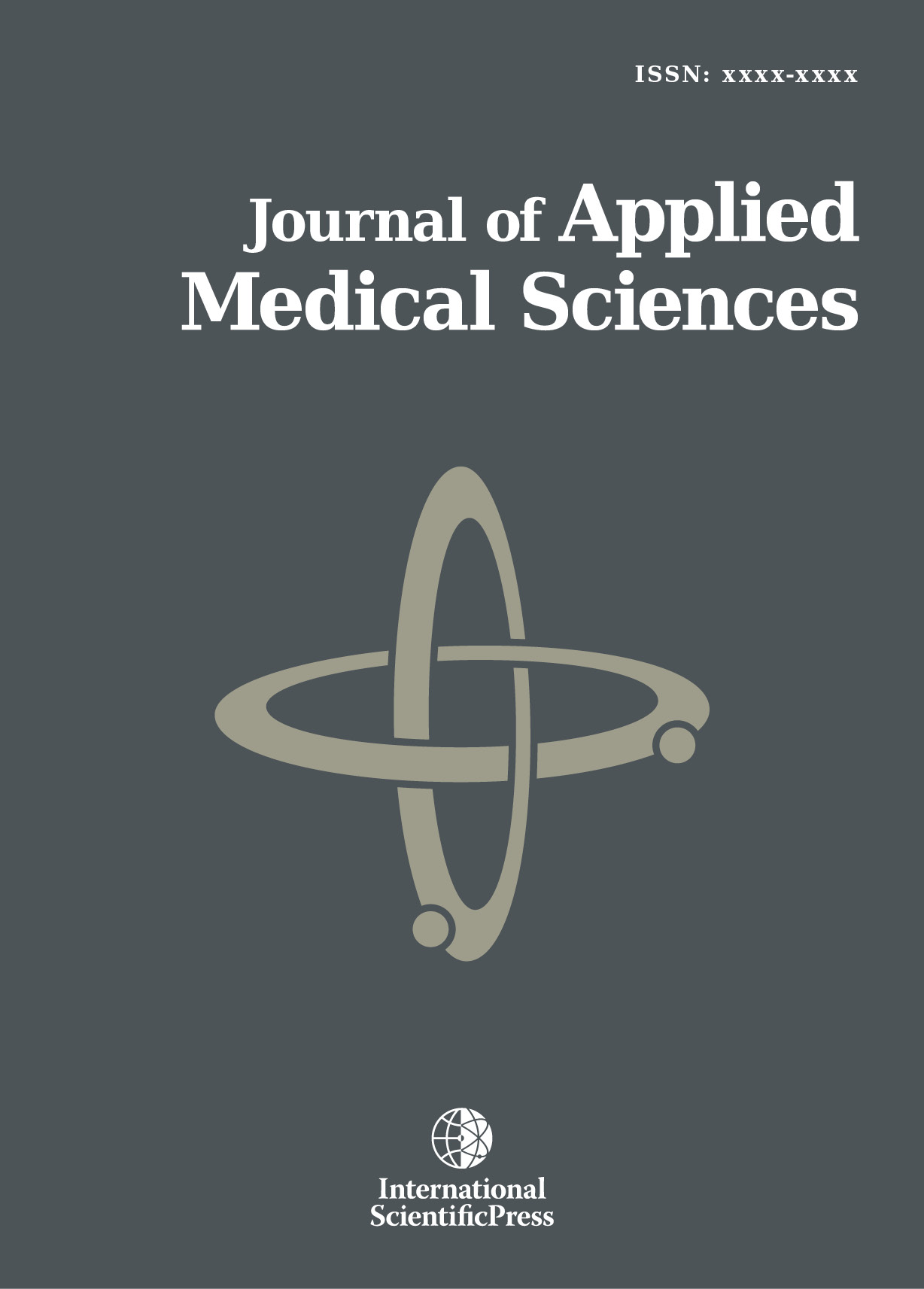Journal of Applied Medical Sciences
Hepatocellular Carcinoma in Cameroon: Epidemiology and Risk Factors
-
 [ Download ]
[ Download ]
- Times downloaded: 40815
-
Abstract
Background: Chronic hepatitis B and hepatitis C infections are major risk factors of Hepatocellular carcinoma (HCC), principally in Sub-Saharan Africa and Pacific Asia. In Cameroon, little is known about the role the various risk factors play in the pathogenesis of HCC. The aim of this study was to determine the contribution of the various risk factors to the pathogenesis of HCC and to analyze the related epidemiologic characteristics. Methods: It was a prospective study from March 2012 to January 2013 of histologically proven HCC seen in 02 University Teaching Centers in Yaounde. Risk factors, demographic characteristics and the presence of cirrhosis were analyzed. Results: We identified 79 cases of HCC. Eight of them (10.1%) were excluded given the fact that they were HIV-infected. Seventy one (89.9%) patients with histologically-proven HCC were included.The proportion with hepatitis B surface antigen (HBsAg) was 48%, that with anti-HCV was 36.6% and that with co-infection HBV/HCV was 5.6%. Alcohol abuse was found in 7% of patients and in 2.8% of patients, no evidence of either viral infection or alcohol abuse was found. Hepatitis B surface antigen patients were younger (mean age +/-SD, 38.5+/-12.3 years vs. 61.5+/-10.2 years, p<0.05) than anti-HCV positive patients. A total of 44 (62%) patients had histologically proven cirrhosis, particularly those co-infected HBV/HCV (75%) and those anti-HCV positive (69.2%), rarely those hepatitis B surface antigen positive. Conclusion: Though the leading cause, HBV is closely followed by HCV in the development of HCC. Approximately 90% of cases of HCC in our environment are related to chronic HBV and HCV infection. The roles played by other risk factors are not as common.
